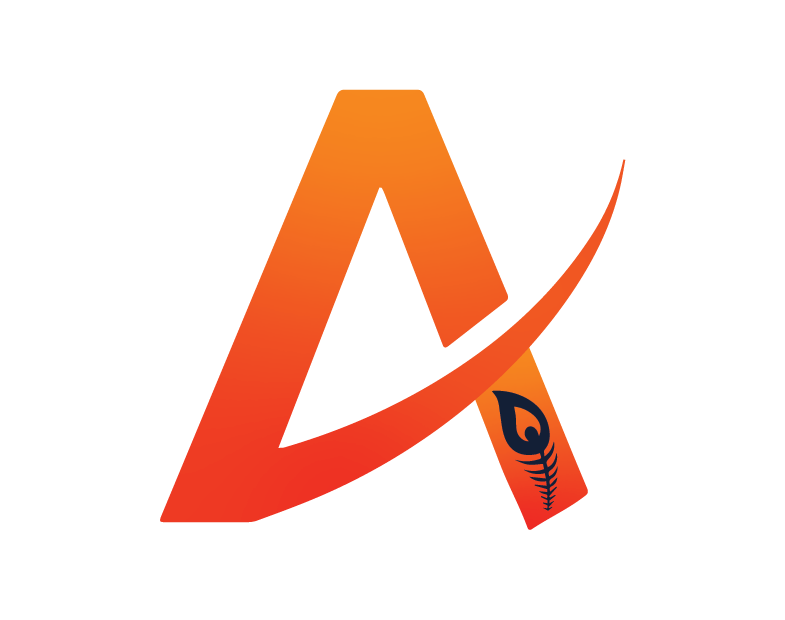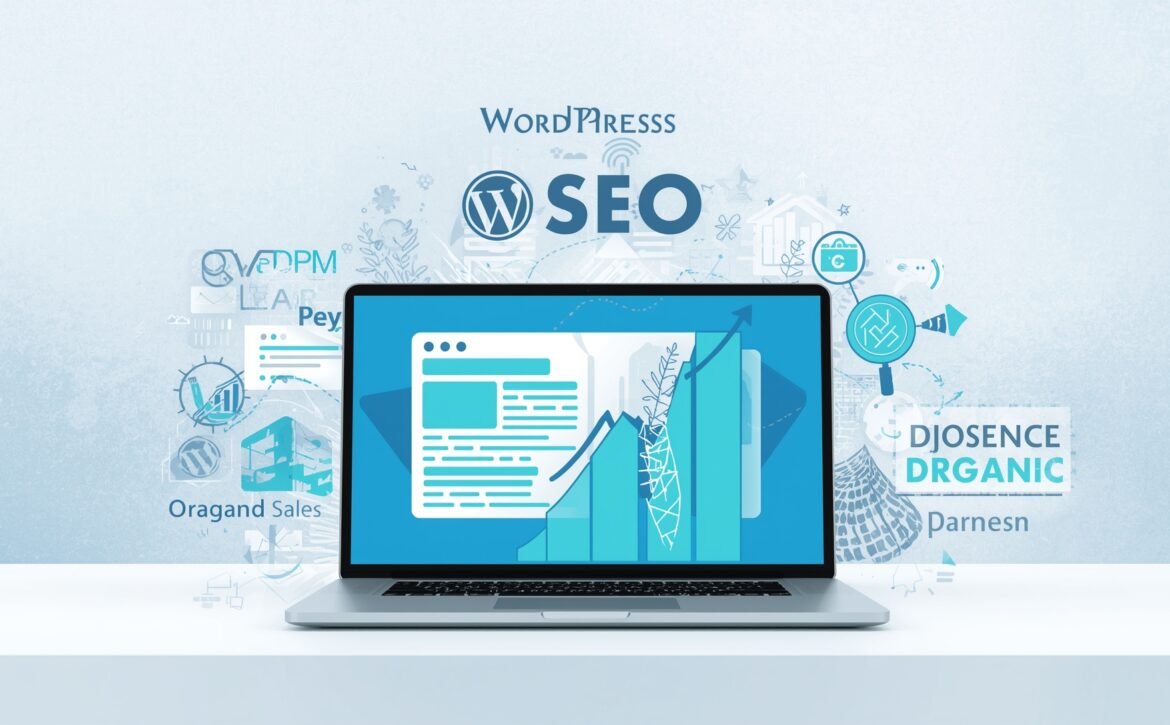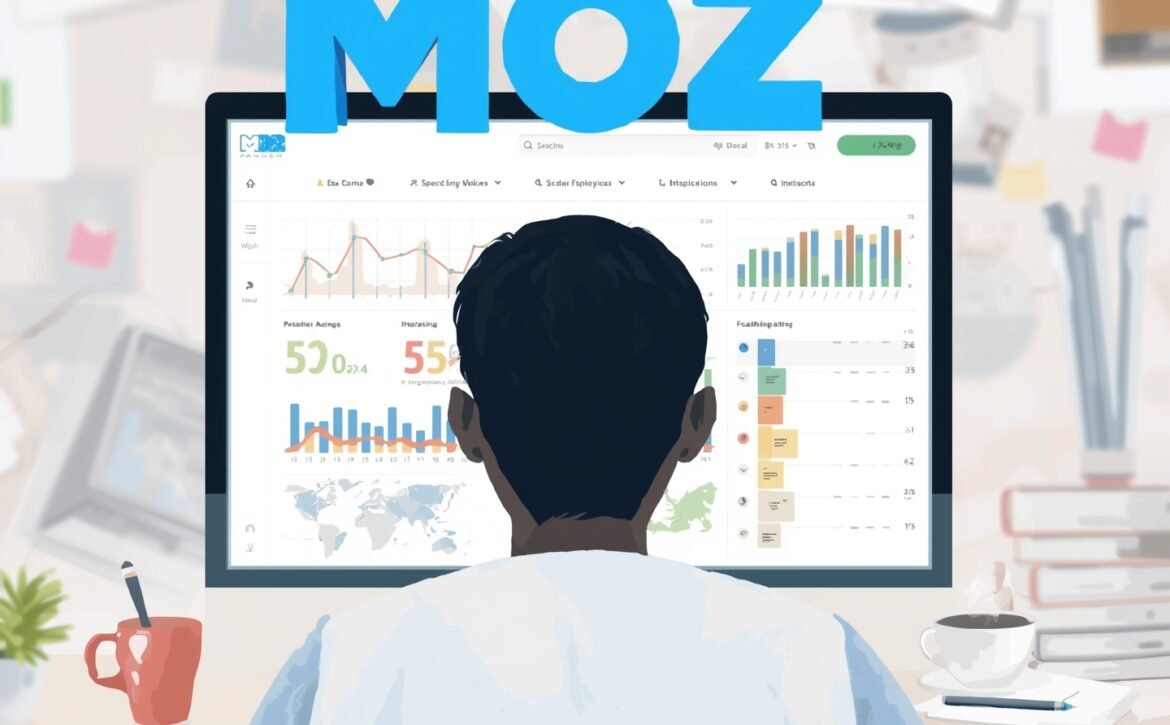What the Google December 2025 Core Update Reveals About Future SEO Trends
The online search environment keeps changing at a rapidly escalating level, and the occurrence of the December 2025 core update on the Google search engine has now pointed out the inflection level for future search engine optimization. This helps in understanding that the future of search engine optimization has already shifted away from the conventional methods of search engine optimization rankings, emphasizing the interventions of search engine optimization on the lines of relevance.
Instead, “the ranking system will start considering a set of websites with a more holistic perspective whether the content on these sites serves their users, their level of trustworthiness concerning information on a particular page, and whether pages are relevant to a given search query.”
Comprehending the Reasoning behind the Google Core Update in December 2025
Why Core Updates Matter More Than Ever
Core updates are core Search improvements that boost the overall quality of results for all verticals. The Google core update for the month of December 2025 fine-tunes the evaluation of content use value and experience, rather than content punishment. Pages that experience rank changes are not actually targeted, but they do get_checked against dynamic levels of quality.
This is an indication of the long-term approach of encouraging sites to invest in valuable content over technical quick fixes.
A Transition From Key Words To Intent
Search has completely shifted, with users entering full questions, statements, and problem-solving searches. This change supports and confirms that content needs to clearly and thoroughly answer an individual’s intentions rather than simply using key words.
Content Quality Features Which Are Improved by the Update
One of the biggest patterns that is emerging in the Google December 2025 update is that the preference for depth. Surface-level pages that just scratch the surface and do not provide insight are now being replaced by a comprehensive page that shows there is a level of understanding.
Well-structured content tends to have well-organized sections and easy transitions from one section to another. Well-structured content will always be easier to assess on behalf of both users and search engines. This update again highlights that SEO optimization relies on good writing skills.
Why the Google December 2025 Core Update Signals the Future of SEO
There is a clear indication of the future of SEO from the Google December 2025 core update regarding what is to happen in the future with regard to SEO over the coming years. SEO will not require optimization in bits and pieces but will require a balance between expertise, structure, and user satisfaction.
The particular note in regards to future implications is the following information gleaned from the update:
- The content needs to fulfill the user’s intent totally and should not be mere superficial information.
- Pages that have clear structure and flow tend to perform better.
- The approach is driven by the foundation of trust. Accuracy and topical relevancy are the emphasis.
- Over-optimization and keyword duplication is becoming less efficient
- Value-driven content results in superior ranking.
Indicators like these show how SEO will become more experiential rather than more robotic:
Interaction as a Ranking Factor
Search engine indexing is gradually incorporating user interaction with content. Pages are optimized when they maintain users’ engagement by clearly explaining concepts, having a logical flow, and offering insightful elements.
Telecommunications vs. Readability Standards
Taking into consideration that most of the searches are being carried out on mobiles, this algorithm change only re-emphasizes the importance of readability again. If a piece of content is good on different sizes of devices and is readable, then that content will fulfill future SEO requirements better.
Legitimacy and Credibility in the Post-Update Period
The Google December 2025 core update is more centered around content that represents true knowledge, such as correct data, insightful explanation, and topical consistency.
Sites that offer a consistent level of quality across the site generally see more benefits from the ‘core updates.’ Going forward, SEO strategies must begin to increase the value of the whole site, as opposed to the current model that tries to optimize individual pages.
What Businesses Should Do About Changes in SEO
Methods involving quick rankings work less and less. When it comes to long-term SEO, everything simply comes down to publishing content that people could have found useful for several years after publishing.
Secondly, it will be important to consider the manner in which users phrase a question and the problems they seek to solve. The content ought to reflect the manner in which a person phrases a question, offering a straight and simple response that is not complicated.
Preparations for Upcoming Core Updates
The Google December 2025 core update provides a notion of what can be expected in the emphasis of the coming updates. The companies that sincerely work towards the coming refinement of content quality and develop a structure in terms of cultivating the users’ trust would be better prepared for the changes.
The future of SEO will require reliance on flexibility, continuous improvement, and an intimate knowledge of users and their needs.
Conclusion
The Google December 2025 core update emphasizes an enormous paradigm shift within the process of acquiring searched results. It reinforces the notion that valuable or high-quality content and proper structuring and usefulness remain imperative within the ever-evolving landscape of relevance and search optimization. More companies will then be able to sustainably develop and stay within the optimized ranks through an adjustment within the approach focused on relevant and aligned channels. Achyutam Technology is equipped with the relevant intelligence systems required by organizations to sustainably develop against the trending patterns and remain relevant through the adherence to optimized growth and development.
FAQs on Google December 2025 Core Update
What is the main goal of the Google December 2025 core update?
The update prefers content that ranks higher through the relevance and authenticity of searched results aligned within the approach of user intent.
Why the change in rankings after the update was made?
The changes within the ranks were essentially influenced through the reassessment of content within the approach aligned through the employment of relevant and essentially different standards within the process of evaluation of quality.
Does this update impact all websites?
Yes, essentially within the approach aligned through the employment of relevance and essentially higher outcomes aligned within the approach of different standards of relevance and essentially aligned within the approach of content values.
How do websites recover from lost rankings?
Strengthening and sustainably developing within the process of approach through the structure of relevance and essentially valuable and relevant outcomes through sustained and sensible approach development within aligned and adjusted channels.
Will future updates follow similar patterns?
The trend of approximately aligned and essentially valuable changes and outcomes essentially indicates within the approach aligned and emphasized within the importance and significance attached through the relevant and authority-laden outcomes based on usefulness and valuable optimized channels focused through user and relevant content.














